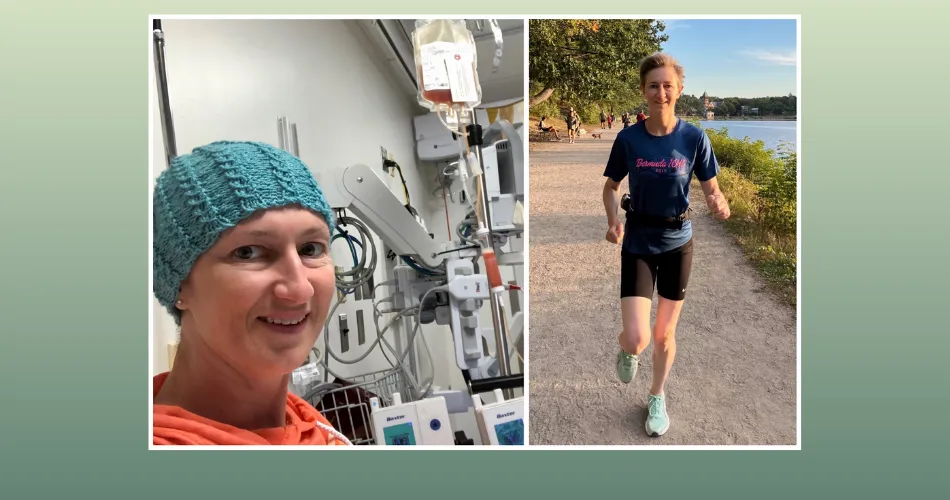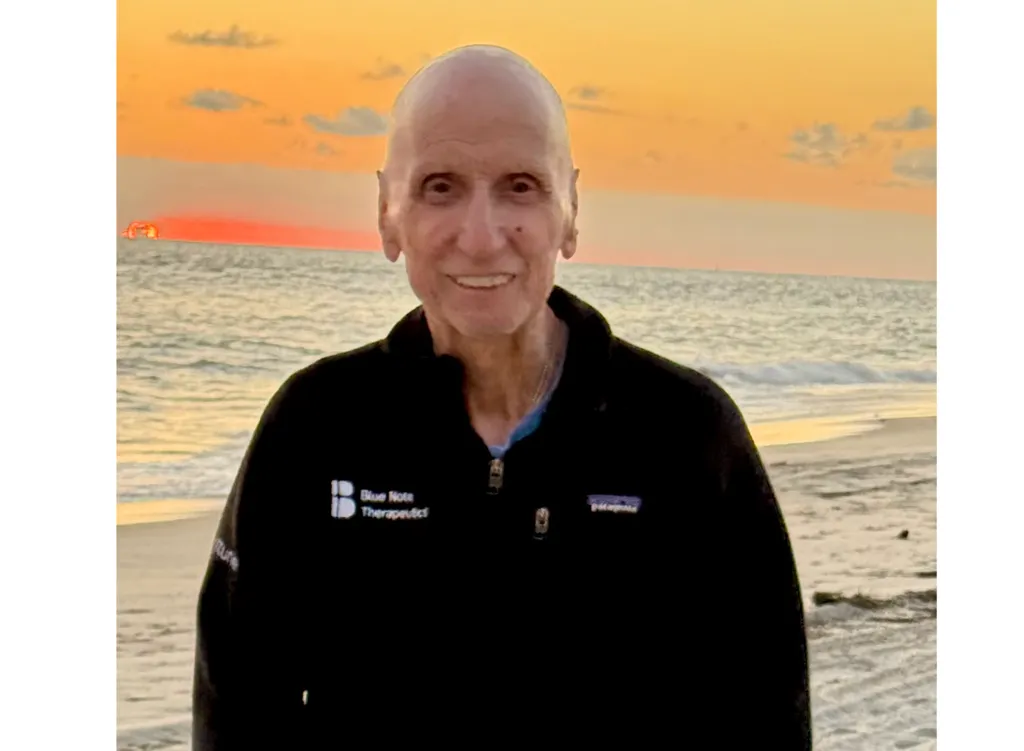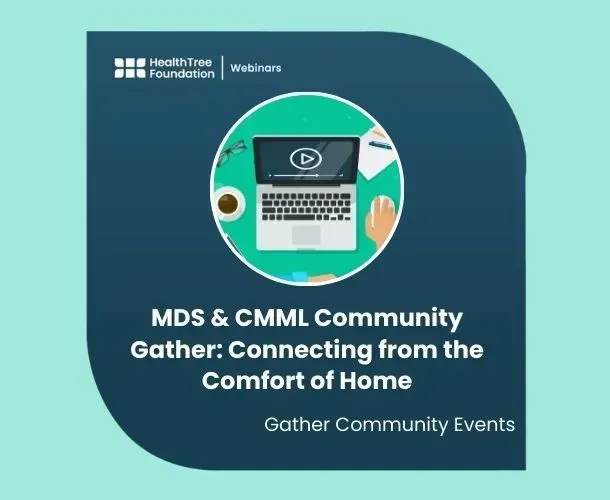End-of-Life Care: Understanding Symptoms and AML Progression

Acute myeloid leukemia (AML) begins in the bone marrow and initially may cause flu-like symptoms. As abnormal white blood cells (cancerous cells) build up, these symptoms can change or worsen. As AML is an aggressive form of cancer, it can progress rapidly.
Can AML Spread to Other Parts of the Body?
Although AML is primarily a disease of the bone marrow, it may spread to other parts of the body. This occurs when the cancerous cells infiltrate other organs. Some areas which may be affected include:
- Gums
- Liver
- Spleen
- Skin
- Testicles
- Lymph nodes
- Central nervous system
The abnormal cells may form a solid tumor called a myeloid sarcoma. A lumbar puncture and/or CT scan may be used to determine if the disease has spread.
What are the Symptoms at the Final Stages of AML?
As AML progresses towards the final stages, symptoms may become more severe. Body functions may slow down, and complications may arise. Cancerous cells multiply, which may prevent the bone marrow from making new blood cells. This can cause:
- Anemia
- Bleeding
- An increased risk of infection
Patients may also experience swelling and pain in the bones and joints due to the bone marrow becoming crowded with cancerous cells. Some patients may experience shortness of breath or breathing difficulties. Towards the final days, breathing may become irregular or louder.
If AML spreads to the liver, it may not function properly. This can lead to several symptoms, including:
- Nausea
- Decreased appetite
- Weight loss
- Swelling and discomfort in the abdomen
- Fluctuating blood sugar levels
- Yellowing of eyes and skin (jaundice)
- Increased risk of bleeding
- Lower level of consciousness
If AML spreads to the lymphatic system, it may cause issues with:
- Eating and weight loss
- Urinary retention
- Swollen and itchy skin
As AML progresses towards the final stages, patients may experience constant coldness, paleness, fatigue, and drowsiness. They may also begin to lose control of their bladder and bowel function.
In some rare cases, the blood can become too thick due to the presence of too many cancerous cells. This is referred to as hyperleukocytosis. When symptoms arise, it is referred to as leukostasis. These symptoms include:
- Drowsiness or confusion
- Headaches
- Blurred vision
- Dizziness
- Loss of control over movements
- Imbalanced chemical levels
The final stages of AML can also impact a patient's mental health. Patients may experience symptoms of anxiety and depression.
To receive support in alleviating pain or discomfort from AML, click here to learn about palliative care and hospice resources available to AML patients.
What Causes Death in AML Patients?
The progression of AML itself can cause death due to multiple organ failure. Additionally, complications related to disease progression, such as infections, bleeding, and thrombotic events, such as heart attacks and strokes, may cause death. Treatment complications can also cause death in some patients.
Key Takeaways and Additional Resources
- AML can progress rapidly and may spread to other areas of the body
- As AML progresses, symptoms may worsen or change
- AML can cause death due to organ failure, infection, bleeding, or thrombotic events
HealthTree for AML, in collaboration with the National Bone Marrow Transplant Link, hosted a webinar that brought together 3 individuals uniquely qualified to help our AML community navigate this sensitive topic. Click the link below to watch the recording and hear their personal stories with AML, learn strategies for coping with difficult emotions, and find additional resources for those in this part of their journey with AML.
Navigating Grief and End-of-Life Planning
Don't Walk This Road Alone: Join the HealthTree for AML Coach Program
Navigating AML can be overwhelming and isolating. If you would like to talk with someone going through the same experience as you, sign up to connect with an experienced AML patient or caregiver through our HealthTree for AML Coach program. This free program allows you to choose an AML patient or caregiver with whom you feel you would connect (you can choose based on experience, treatments, location, etc.). Once you select a coach, they will reach out to you and can support you as long as you want to stay connected.
If you would like to volunteer your time as a coach, you can sign up to help support other patients. If you have any questions about the coach program, reach out to aml@healthtree.org.
Sign up to be coached OR to be an AML coach here:
ENROLL IN HEALTHTREE'S AML COACH PROGRAM
Sources:
- Leukaemia: a model metastatic disease
- Acute Myeloid Leukemia Treatment (PDQ®)–Patient Version
- End of Life and Leukaemia: A patient’s perspective
- Clinical outcome and prognosis of patients with acute myeloid leukemia submitted to chemotherapy with 5 years of follow-up
Acute myeloid leukemia (AML) begins in the bone marrow and initially may cause flu-like symptoms. As abnormal white blood cells (cancerous cells) build up, these symptoms can change or worsen. As AML is an aggressive form of cancer, it can progress rapidly.
Can AML Spread to Other Parts of the Body?
Although AML is primarily a disease of the bone marrow, it may spread to other parts of the body. This occurs when the cancerous cells infiltrate other organs. Some areas which may be affected include:
- Gums
- Liver
- Spleen
- Skin
- Testicles
- Lymph nodes
- Central nervous system
The abnormal cells may form a solid tumor called a myeloid sarcoma. A lumbar puncture and/or CT scan may be used to determine if the disease has spread.
What are the Symptoms at the Final Stages of AML?
As AML progresses towards the final stages, symptoms may become more severe. Body functions may slow down, and complications may arise. Cancerous cells multiply, which may prevent the bone marrow from making new blood cells. This can cause:
- Anemia
- Bleeding
- An increased risk of infection
Patients may also experience swelling and pain in the bones and joints due to the bone marrow becoming crowded with cancerous cells. Some patients may experience shortness of breath or breathing difficulties. Towards the final days, breathing may become irregular or louder.
If AML spreads to the liver, it may not function properly. This can lead to several symptoms, including:
- Nausea
- Decreased appetite
- Weight loss
- Swelling and discomfort in the abdomen
- Fluctuating blood sugar levels
- Yellowing of eyes and skin (jaundice)
- Increased risk of bleeding
- Lower level of consciousness
If AML spreads to the lymphatic system, it may cause issues with:
- Eating and weight loss
- Urinary retention
- Swollen and itchy skin
As AML progresses towards the final stages, patients may experience constant coldness, paleness, fatigue, and drowsiness. They may also begin to lose control of their bladder and bowel function.
In some rare cases, the blood can become too thick due to the presence of too many cancerous cells. This is referred to as hyperleukocytosis. When symptoms arise, it is referred to as leukostasis. These symptoms include:
- Drowsiness or confusion
- Headaches
- Blurred vision
- Dizziness
- Loss of control over movements
- Imbalanced chemical levels
The final stages of AML can also impact a patient's mental health. Patients may experience symptoms of anxiety and depression.
To receive support in alleviating pain or discomfort from AML, click here to learn about palliative care and hospice resources available to AML patients.
What Causes Death in AML Patients?
The progression of AML itself can cause death due to multiple organ failure. Additionally, complications related to disease progression, such as infections, bleeding, and thrombotic events, such as heart attacks and strokes, may cause death. Treatment complications can also cause death in some patients.
Key Takeaways and Additional Resources
- AML can progress rapidly and may spread to other areas of the body
- As AML progresses, symptoms may worsen or change
- AML can cause death due to organ failure, infection, bleeding, or thrombotic events
HealthTree for AML, in collaboration with the National Bone Marrow Transplant Link, hosted a webinar that brought together 3 individuals uniquely qualified to help our AML community navigate this sensitive topic. Click the link below to watch the recording and hear their personal stories with AML, learn strategies for coping with difficult emotions, and find additional resources for those in this part of their journey with AML.
Navigating Grief and End-of-Life Planning
Don't Walk This Road Alone: Join the HealthTree for AML Coach Program
Navigating AML can be overwhelming and isolating. If you would like to talk with someone going through the same experience as you, sign up to connect with an experienced AML patient or caregiver through our HealthTree for AML Coach program. This free program allows you to choose an AML patient or caregiver with whom you feel you would connect (you can choose based on experience, treatments, location, etc.). Once you select a coach, they will reach out to you and can support you as long as you want to stay connected.
If you would like to volunteer your time as a coach, you can sign up to help support other patients. If you have any questions about the coach program, reach out to aml@healthtree.org.
Sign up to be coached OR to be an AML coach here:
ENROLL IN HEALTHTREE'S AML COACH PROGRAM
Sources:
- Leukaemia: a model metastatic disease
- Acute Myeloid Leukemia Treatment (PDQ®)–Patient Version
- End of Life and Leukaemia: A patient’s perspective
- Clinical outcome and prognosis of patients with acute myeloid leukemia submitted to chemotherapy with 5 years of follow-up

about the author
Dylan Barrett
Dylan is a freelance medical writer based in Cork, Ireland. He previously worked in independent medical education while living in London and is now collaborating with HealthTree to develop resources for blood cancer patients. His background is in genetics, and he has a passion for innovative scientific research. In his spare time, he enjoys sports, traveling, and spending time with his family and friends.
More on Navigating Your Health

Get the Latest Acute Myeloid Leukemia Updates, Delivered to You.
By subscribing to the HealthTree newsletter, you'll receive the latest research, treatment updates, and expert insights to help you navigate your health.
Together we care.
Together we cure.
3x Faster.










